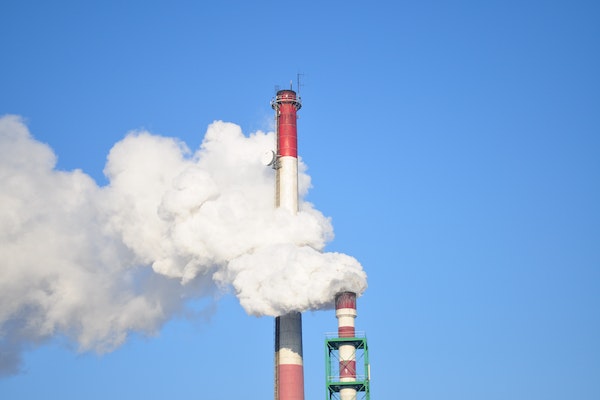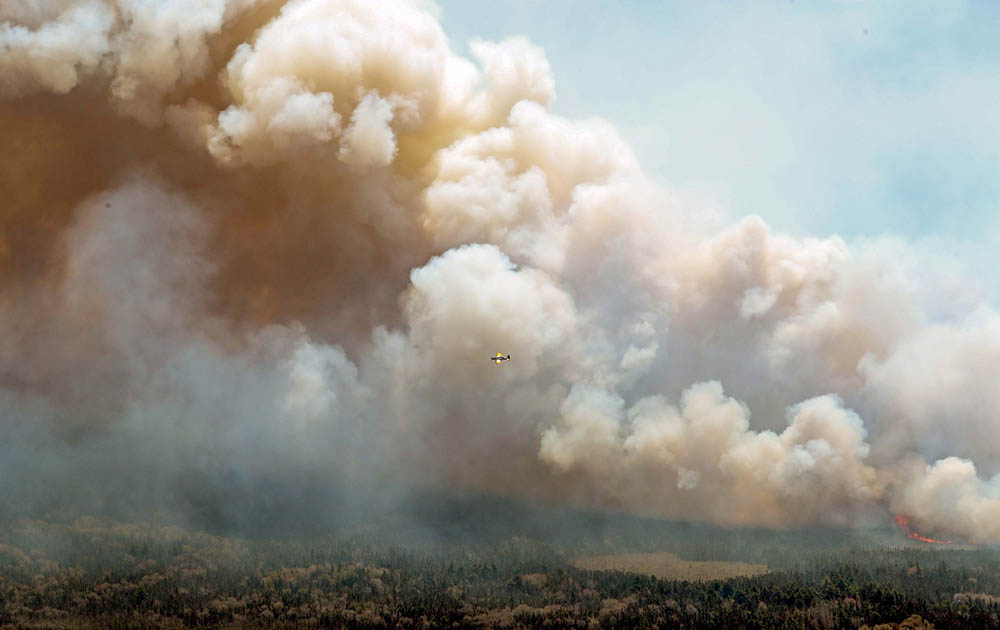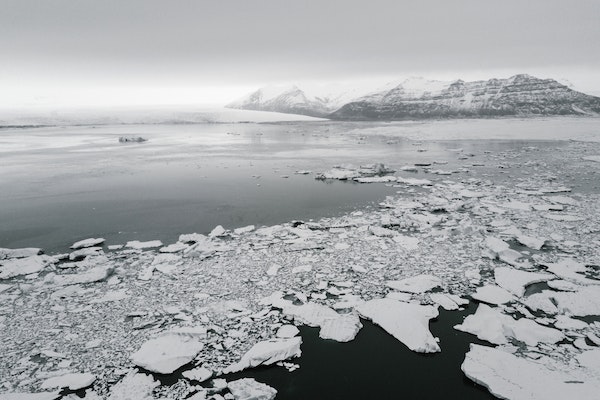Leading scientists to update climate change indicators annually to stay informed on ‘critical aspects of global warming’

Human-caused global warming has continued to increase at an “unprecedented rate” since the last major assessment of the climate system was published two years ago, say 50 leading scientists. In response, the scientists have launched a new project to update key climate change indicators every year, so the public can stay informed about the “critical aspects of global warming.”
“We need to be nimble-footed in the face of climate change,” said Piers Forster, director of the Priestley Centre for Climate Futures at Leeds and coordinator for the Indicators of Global Climate Change Project. “We need to change policy and approaches in the light of the latest evidence about the state of the climate system. Time is no longer on our side. Access to up-to-date information is vitally important.”
Given the speed at which the global climate system is changing, the scientists argue that policymakers, climate negotiators and civil society groups need to have access to up-to-date and robust scientific evidence on which to base decisions.
The authoritative source of scientific information on the state of the climate is the UN’s Intergovernmental Panel on Climate Change (IPCC) but the turnaround time for its major assessments is five or 10 years, and that creates an “information gap,” particularly when climate indicators are changing rapidly.
In an initiative being led by the University of Leeds, the scientists have developed an open data, open science platform – the Indicators of Global Climate Change and website. It will update information on greenhouse gas emissions, human-induced global warming and the remaining carbon budget.
“An annual update of key indicators of global change is critical in helping the international community and countries to keep the urgency of addressing the climate crisis at the top of the agenda and for evidence-based decision-making,” said Maisa Rojas Corradi, Minister of the Environment in Chile, IPCC author and a scientist involved in this study. “In line with the ‘ratchet-mechanism’ of increasing ambition envisioned by the Paris Agreement, we need scientific information about emissions, concentration and temperature as often as possible to keep international climate negotiations up to date and to be able to adjust and if necessary correct national policies.”
Published in Earth System Science Data, the scientists have revealed how key indicators have changed since the publication of the IPCC’s Sixth Assessment Working Group 1 report in 2021, which produced the key data that fed into the subsequent IPCC Sixth Synthesis Report.
Can seagrass and mangrove restoration help mitigate ocean acidification and climate change?
Human-induced warming, largely caused by the burning of fossil fuels, reached an average of 1.14 degrees-C for the most recent decade (2013 to 2022) above pre-industrial levels. This is up from 1.07 degrees-C between 2010 and 2019. Human-induced warming is now increasing at a pace of over 0.2 degrees-C per decade.
The analysis also found that greenhouse gas emissions were “at an all-time high,” with human activity resulting in the equivalent of 54 (+/-5.3) gigatons (billions of metric tons) of carbon dioxide being released into the atmosphere on average every year over the last decade (2012–2021).
There has been a positive move away from burning coal, yet this has come at a short-term cost in that it has added to global warming by reducing particulate pollution in the air, which has a cooling effect.
One of the major findings of the analysis is the rate of decline in what is known as the remaining carbon budget, an estimate of how much carbon that can be released into the atmosphere to give a 50 percent chance of keeping global temperature rise within 1.5 degrees-C.
“Even though we are not yet at 1.5 degrees-C warming, the carbon budget will likely be exhausted in only a few years as we have a triple whammy of heating from very high [carbon dioxide] emissions, heating from increases in other GHG emissions and heating from reductions in pollution,” said Forster. “If we don’t want to see the 1.5 degrees-C goal disappearing in our rear-view mirror, the world must work much harder and urgently at bringing emissions down.”
Follow the Advocate on Twitter @GSA_Advocate
Now that you've reached the end of the article ...
… please consider supporting GSA’s mission to advance responsible seafood practices through education, advocacy and third-party assurances. The Advocate aims to document the evolution of responsible seafood practices and share the expansive knowledge of our vast network of contributors.
By becoming a Global Seafood Alliance member, you’re ensuring that all of the pre-competitive work we do through member benefits, resources and events can continue. Individual membership costs just $50 a year.
Not a GSA member? Join us.
Author
Tagged With
Related Posts

Intelligence
As ‘unprecedented’ wildfires burn across Canada, Nova Scotia seafood sector feels the heat
With wildfires raging across Canada, Nova Scotia's seafood industry faces lobster fishing, aquaculture and supply chain disruptions.

Fisheries
Study: Most marine fish are responding to ocean warming by relocating toward the poles
Fish populations are responding to ocean warming by shifting toward the earth’s poles or moving to deeper waters – all in a bid to stay cool.

Responsibility
U.S. government releases first-ever Ocean Climate Action Plan
The Ocean Climate Action Plan is the first-ever government-wide strategy to maximize the power of the ocean to combat climate change.

Responsibility
Hottest ocean temperature record set in 2022 for seventh consecutive year
Research says a record-high ocean temperature combined with greater salinity could create inhospitable ocean conditions for marine life.



